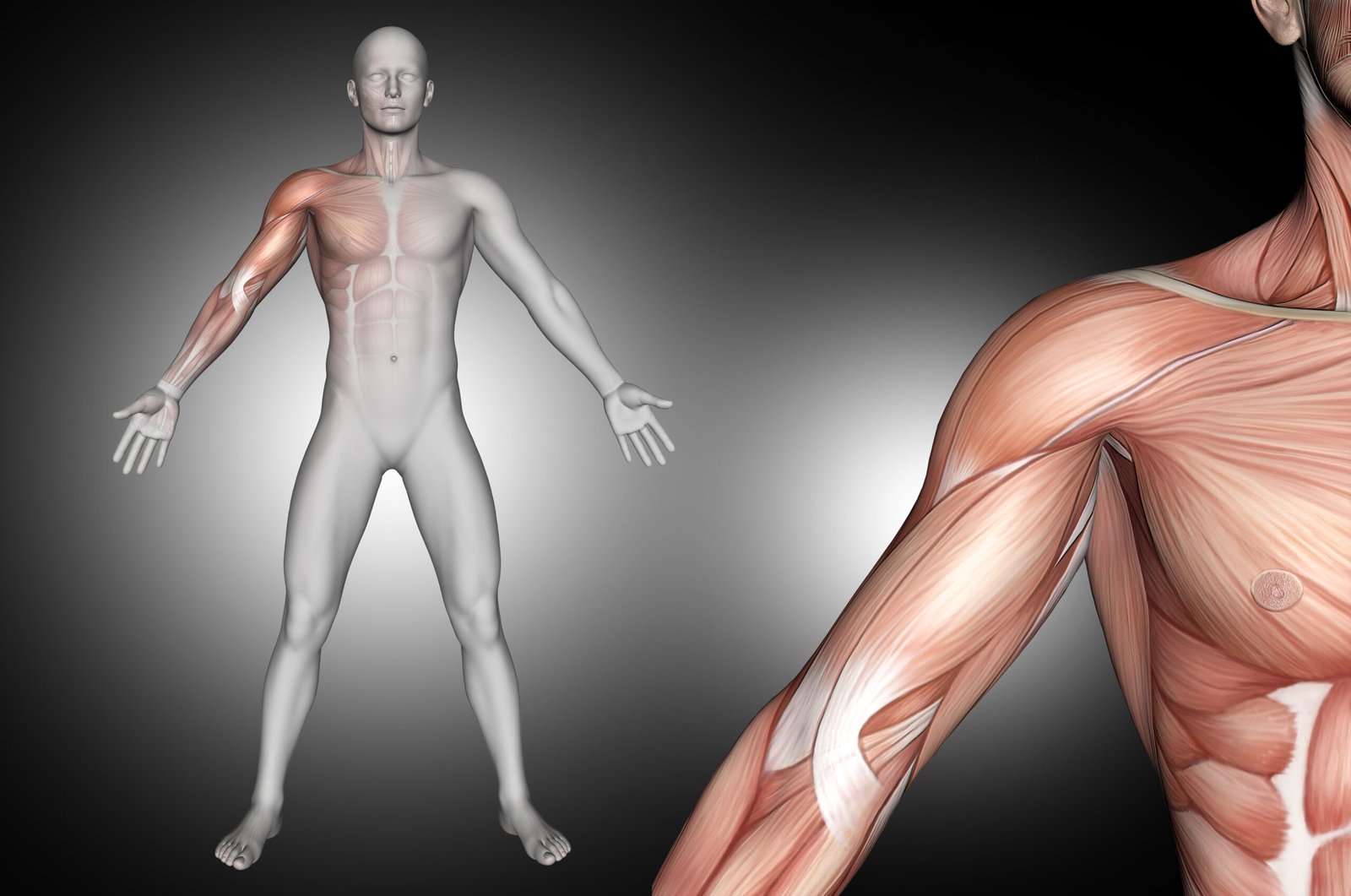
Types Of Tissues
Dr. Srinagesh Vadrevu
January 3, 2025

Our bodies are intricate structures built from a types of tissue, each with a specialized role. These include epithelial tissue, which covers and protects surfaces; connective tissue, which provides support and connects different parts; muscle tissue, responsible for movement; and nervous tissue, which transmits signals throughout the body. Understanding these different tissue types is crucial for appreciating the complexity and functionality of the human organism.
Types Of Tissues In Body
There are four different kinds of adipose tissue in the body :
The first is essential adipose tissue which is the fat that is in your organs, bone marrow, and the like that is necessary for proper metabolic function. There is a minimum amount of fat that is needed in organs like liver, kidney, and bone marrow for them to function properly.
The second type of adipose tissue is visceral fat. Visceral fat, is the fat present inside the abdominal cavity and is the most metabolically active and sensitive fat to calorie balance changes. Visceral fat expands easily when there are excess calories and shrinks when the body has a net calorie deficit.
The third type of fat is subcutaneous fat, which is between the skin and muscle. This layer of fat is attached to the underside of the skin or hypodermis, that is necessary to cushion our bodies and retain heat. It is metabolically less sensitive than visceral fat.
The fourth type of fat is hormone-dependent subcutaneous fat , also known as gynoid fat which accumulates and creates the women’s secondary sexual characteristics. This fat forms the breasts, hips, and inner thigh curves. It starts at puberty under the influence of estrogen and progesterone and is what gives the feminine shape to female’s bodies. This fat is even less metabolically active than visceral or regular subcutaneous fat and is also affected by lipedema
To connect with us click on the button below
To know more fill in the details below:
Recent Posts
Have Any Question?
Lipedema is a condition that causes excess fat to accumulate in the lower part of the body.
- +919515106591
- srinageshlipedema@gmail.com
